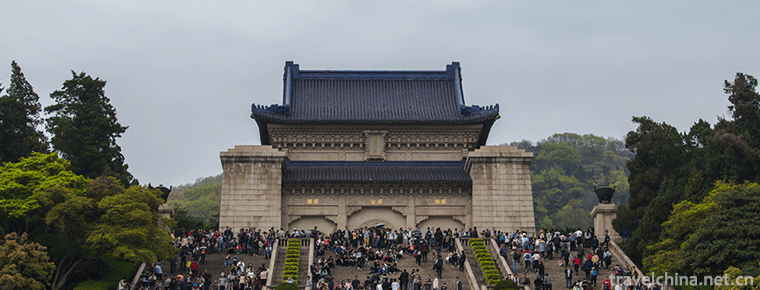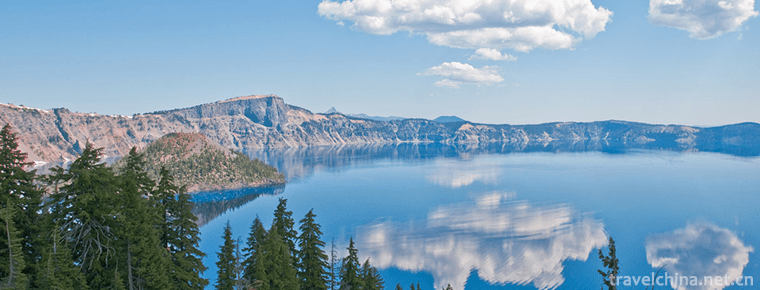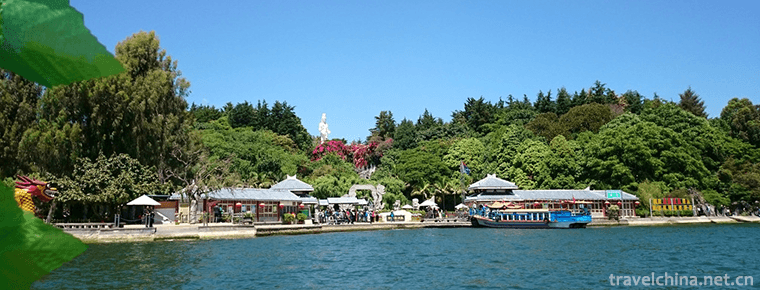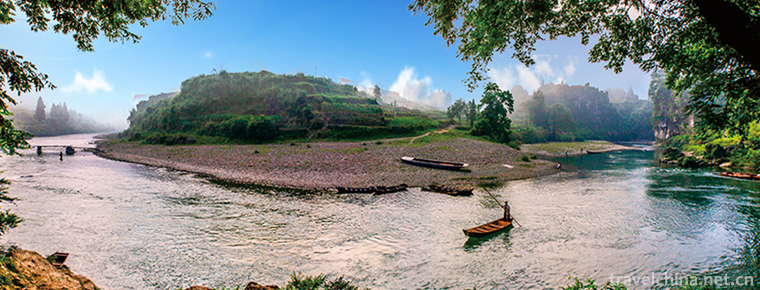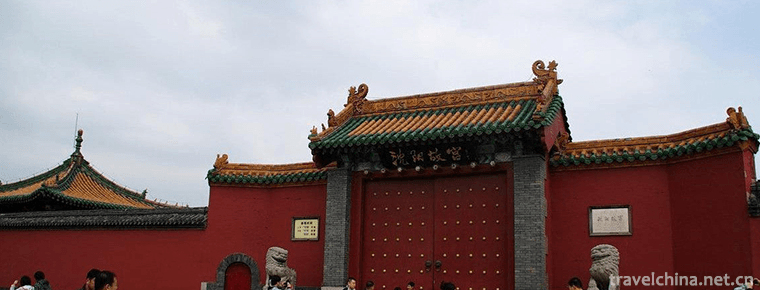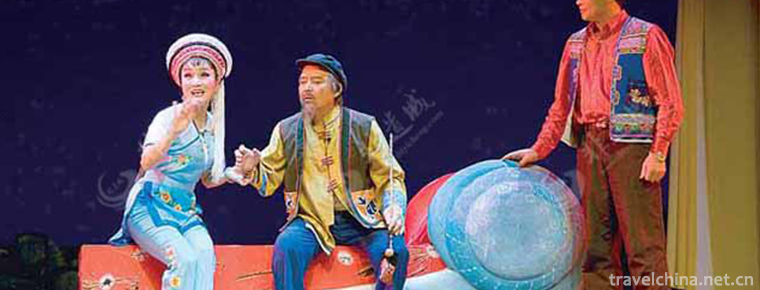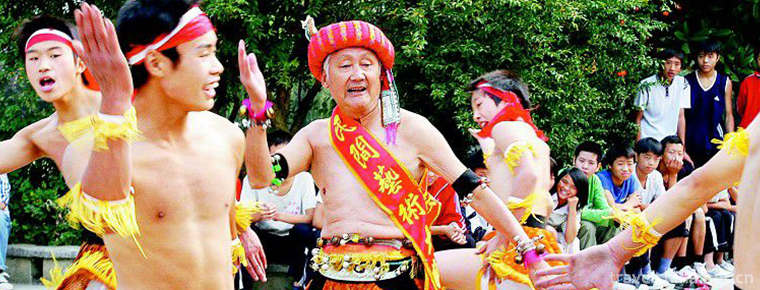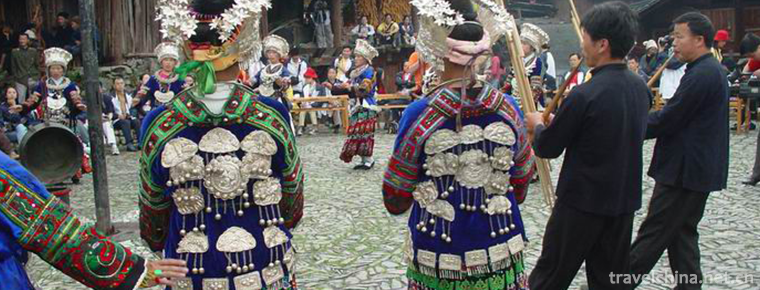Wood Engraving Picture
Wood Engraving Picture
Wood engraving is a traditional folk art form with a long history in China. It has a history of more than one thousand years. By the middle and late Qing Dynasty, folk New Year paintings reached their peak.
In Chinese folklore, New Year's pictures are the symbol of the New Year. If they are not pasted, they will not be counted as the New Year's Day. New Year pictures are not only decorations for festivals, but also have cultural and artistic values, making them an encyclopedia reflecting the life of Chinese civil society.
There are dozens of origins of woodcut New Year pictures, which originated in Zhuxian Town, Henan Province. The famous ones are Liangping, Yangliuqing, Wuqiang, Hebei Province, Weifang, Taohuawu, Zhuxian Town, Henan Province and Mianzhu, Sichuan Province. Among them, the woodcut New Year pictures in Zhuxian Town of Henan Province are the most famous. During the late Qing Dynasty and the early Republic of China, the use of New Year pictures covered all parts of the country except Tibet, including Taiwan.
On May 20, 2006, Zhuxian Town woodcut New Year pictures were approved by the State Council and listed in the first batch of national intangible cultural heritage list. On June 7, 2008, woodcut New Year pictures were approved by the State Council to be included in the second batch of national intangible cultural heritage list.
History of Development
Wood engraving is a traditional folk culture and art form with a long history in China. It has a history of more than 1000 years. The door god has the longest history in the New Year's paintings. As early as the Han Dynasty, the rudiment of the door god "gatekeeper general" appeared. Since the Tang Dynasty, the development of Buddhist Scripture prints and the maturity of engraving technology, as well as the development of citizen culture in Song Dynasty, have greatly promoted the prosperity of woodcut New Year pictures. In the Northern Song Dynasty, there appeared a "painting market" specializing in selling New Year pictures, which was then called "Painting Paper". In the Song and Jin Dynasties, there were exquisite woodcut prints such as "Four Beautiful Pictures", which were the earliest woodcut in existence. During the Daoguang period, the word "New Year Picture" was formally put forward in Li Guangting's book "Local Language Jieyi". From then on, the so-called "New Year Picture" has a fixed meaning, that is, it refers to the woodblock color overprint and the year-by-year change of the year's vulgar decorations. After nearly a thousand years of development, to the middle and late Qing Dynasty, folk New Year pictures reached their peak.
Production area
There are dozens of origins of wood engraving, including Liangping in Chongqing, Yangliuqing in Tianjin, Wuqiang in Hebei, Weifang in Shandong, Taohuawu in Suzhou, Zhuxian Town in Henan and Mianzhu in Sichuan. During the late Qing Dynasty and the early Republic of China, the use of New Year pictures covered all parts of the country except Tibet, including Taiwan.
Subject Content
Subject matter
New Year's pictures are based on secular social life and cover all subjects. According to Mr. Wang Shucun's statistics, there are more than 2,000 kinds of pictures on various subjects. There are historical stories, myths and legends, secular life, scenic spots, factual news, allegory and exhortation, ladies and dolls, flowers, birds, insects, fish, auspicious festival and so on.
Content
The contents of the New Year's pictures are all-encompassing, including those who praise the wise emperors and ministers, those who criticize the fatuous emperors, those who tread on the ministers and villains, those who preach retribution for cause and effect, those who teach their children and filial piety, those who rescue heroes and avenge snow and hatred, such as historical stories, literary masterpieces, folk customs, current affairs of operas, officials of agriculture, industry and commerce, and people of all kinds of three religions, etc. In summary, it can be divided into the following categories:
(1) Happy paintings, such as "Kirin delivers children", "Dragon and Phoenix presenting auspiciousness", "descendants of all generations" and so on.
(2) Birthday Pictures are New Year Pictures celebrating the opening and auspicious birthday of the city, such as "Lishi Xianguan" and "Baishou Pictures".
(3) Pictures of industry ancestors, such as "Sun Simiao, King of Medicine" and "Wu Daozi", are paper paintings pasted on ceremonies of commemorating pioneering ancestors or collecting apprentices and handing down Arts in various industries.
(4) Fan paintings are supplementary woodcut prints in the off-season of summer New Year paintings. There are ballads in Weifang New Year's Painting Workshop in Shandong Province that "engraving sits on a case with paste fans".
(5) West Lake Scenery and Zhang Painting, West Lake Scenery is commonly known as "La Yang Picture" in the Western Pictures, or Western Mirror, mainly landscape, and sometimes subject matter. Zhang Painting is pasted on tea circles, restaurants and large-scale horizontal drapes, mostly with stories of civil and military theatres as the main theme.
(6) Lantern screen paintings, also known as square lantern paintings, are pasted on all sides of lanterns. Their contents are mostly based on historical stories and operas. They are often combined with myths and are called "lamp fans".
(7) Toy games, used for decorating chessboards, cards, street lamps or kites.
(8) Other miscellaneous paintings, decorative paintings for various festivals at the age of winter solstice, Dragon Boat Festival and Mid-Autumn Festival.
Style of Art
The style of New Year's pictures varies according to different regions. Generally speaking, there are young Yangliu paintings with court interest and citizen interest; Weifang New Year's pictures in Shandong Province and Wuqiang New Year's pictures in Hebei Province with rough and simple local flavor; Liang Ping New Year's pictures with vivid shapes, strong color contrast and full of life flavor have peach blossom dock New Year's pictures with exquisite and neat work; and there are simple and childish River pictures. Nanzhu Xianzhen New Year's Picture, which has the longest history in China, also has the freehand brushwork of Mianzhu New Year's Picture in Sichuan Province, Zhangzhou New Year's Picture in Fujian Province and Foshan New Year's Picture in Guangdong Province, which mostly have red and black background and rich and diverse divine Buddhist paintings. These New Year paintings enrich the regional and style characteristics of Chinese New Year paintings, and make them present a colorful artistic style.
Every artistic style has its own environmental and social factors. For example, Yang Liu Youth Painting, which has the greatest impact, is an example. "Young Yangliu paintings flourished in the Ming and Qing Dynasties and reached their peak in the late Qing Dynasty. Near Beijing, there are many gifts coming to Beijing for large families to apply, so Yang Liu Youth Paintings are made fine, soft color, to cater to the palace and the taste of the citizens. The exquisite "Green Cloud Door God" is one of the treasures. Lucky New Year pictures of ladies and dolls are even more unique. The "Northern Zong Painting Biography of Yang Liuqing" refers to the fact that Yang Liuqing Youth Painting has inherited the techniques of palace painting academies since the Northern Song Dynasty, especially the meticulous and colorful figure painting. Dai Lianzheng and Qi Jianlong, two big painting shops at that time, often invited famous painters to produce their paintings in order to improve the creative level of New Year's paintings. Yang Liuqing Youth Painting has maintained the technique of hand-painting of figures'hands and faces, which is called "open-hand face". Its influence is as far as Xinjiang and foreign countries. "Every family will be touched, every household is good at Danqing" and "Yangliu Youth Painting a Drum a Year". This is a description of the scene of Yangliu Youth Painting, which shows the prosperity of the New Year Painting in the local scene at that time. China's ancestors just bathed in the context of such artistic life through generations.
Development status
With the change of traditional customs and social modernization, the traditional handmade wood engraving New Year pictures have been replaced by machine offset printing. With the development of modernization, the architectural pattern of residential buildings has changed greatly. The traditional New Year pictures have lost the soil for survival, and are still walking in urbanization with the afterglow of pastoral songs in the past farming society. In the countryside as well as in the city, traditional culture enthusiasts and collectors. Only in Tianjin Yangliuqing, Hebei Wuqiang, Shandong Weifang, Henan Zhuxian Town, Sichuan Mianzhu, Shaanxi Fengxiang, Fujian Zhangzhou, Guangdong Foshan, Hunan Tantou and other places can we see the remaining New Year paintings. The Chinese government has launched the "Protection Project of Chinese Ethnic and Folk Culture". Like many other endangered traditional folk arts, traditional woodcut New Year pictures have been included in the rescue and protection.
Xia Liqun, Vice Chairman of the CPPCC and Vice Chairman of the Henan Provincial Literary Federation, said: "The folk foundation of woodcut New Year pictures has disappeared during the period of farming. People no longer post New Year pictures. Woodprint New Year pictures have changed from practical New Year pictures to collections of New Year pictures. At the same time, modern people's aesthetic tendencies are also changing. If woodcut New Year pictures can not adapt to the times and market needs, they will gradually shrink, weaken or even disappear, and eventually become Museum specimens.
Woodblock New Year pictures have their value as cultural heritage. In this sense, they are not allowed to change arbitrarily in the process of commercialization and marketization, otherwise their cultural and historical values will be lost. On the other hand, today's traditional culture is facing the problems of adapting and coordinating with contemporary society, as well as the problems of maintaining national character and reflecting the times. If we simply refuse marketization and commercialization, we will probably lose the vitality of its reality.
Xia Liqun believed that the innovation of the content of New Year's pictures should ensure the natural extension on the basis of the inherent artistic style, humanistic connotation and artistic style of traditional New Year's pictures. More importantly, the innovation of external form should also be traditional, so-called "old wine in new bottles". Because the innovation in form of New Year pictures is not enough, it can not meet the needs of diversified markets.
world cultural heritage application
bring sth. into the plan
On October 4, 2015, at the Second International Forum of Chinese Woodblock New Year Pictures, held by Feng Jicai Institute of Literature and Art, Tianjin University, it was learned that the domestic examination and approval of the application of Chinese Woodblock New Year Pictures for the world intangible cultural heritage had been successfully passed and incorporated into the national declaration plan.
Declaration preparation
In order to make the declaration more assured, since 2002, the Chinese People's Association has launched the "rescue project of Chinese folk cultural heritage". As the leading project of this project, Chinese woodcut New Year Picture has published 22 volumes of Integrated Chinese Woodprint New Year Pictures, 14 volumes of Historical Series on the Inheritance of Chinese Woodprint New Year Pictures and 4 issues of New Year Picture Research on the basis of a comprehensive and large-scale field census. It has completed a major project of the National Social Science Fund, namely, the database construction of Chinese woodcut New Year Pictures and the methodology of oral history. Research"-- Formed 300,000-character monograph"Methodological Research on the History of the Inheritance of Population"and built a database of Chinese woodcut New Year pictures and so on. In addition, the Chinese New Year Pictures Network has been officially opened.
Meaning of inscription
The Ministry of Culture attaches great importance to and supports the declaration of Chinese woodcut New Year Paintings to the world as a "non-heritage site". Once the state formally submits the application for the heritage of Chinese woodcut New Year Paintings, the Chinese People's Association and the Chinese Woodblock New Year Paintings Research Center will provide further academic support. "Once Chinese woodcut New Year pictures become the cultural heritage of mankind, it will be conducive to the fundamental protection, inheritance and development of Chinese cultural resources, so that the world can better understand Chinese culture."
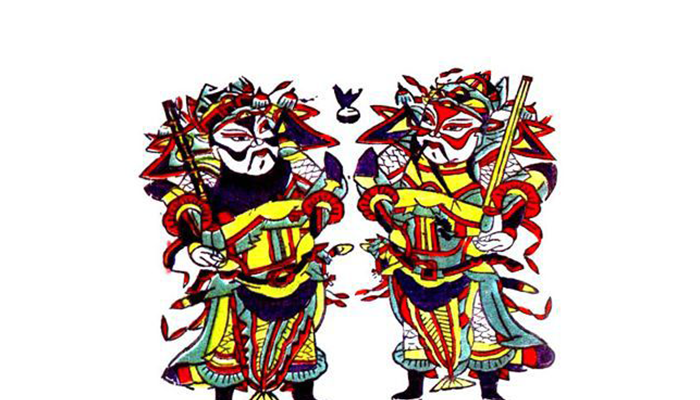
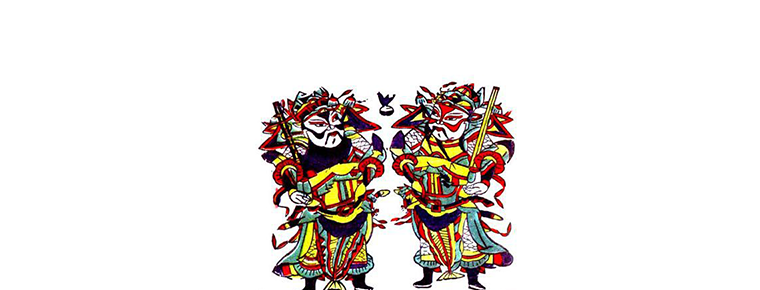
Wood Engraving Picture
-
Zijin Mountain Scenic Area
Zhongshan Scenic Spot, or Zhongshan Scenic Spot for short, is located in Zijin Mountain, Xuanwu District, Nanjing City. It is a famous scenic spot in China
Views: 187 Time 2018-12-06 -
Tianshan Tianchi Scenic Area
Tianchi Mountain: World Natural Heritage, National AAAAA Class Tourist Scenic Spot, National Geopark, National Key Scenic Spot, National Civilized Scenic Spot, International and Natural Biosphere Rese
Views: 193 Time 2018-12-12 -
Nanzhao Custom Island Dali
Nanzhao Custom Island in Dali is one of the three islands in Erhai Lake, located in Shuanglang Township at the southeast end of Eryuan County, the golden section of Cang Er National Scenic Area
Views: 174 Time 2019-01-06 -
Laosicheng Site
Laosicheng Site is located in Laosicheng Village, Lingxi Town, more than 20 kilometers east of Yongshun County, Tujia and Miao Autonomous Prefecture, western Hunan Province
Views: 145 Time 2019-01-29 -
Shenyang Palace Museum
The Shenyang Palace Museum, originally a royal palace built and used in the early Qing Dynasty, was built in 1625 (five years from tomorrow, ten years after the fate of the golden emperor).
Views: 125 Time 2019-02-08 -
Bai opera
After 1949, on the basis of blowing tunes, Bai folk opera "Dabenqu" tunes were further enriched and improved, renamed "Baiju". The Lyric forms are basically sung in Bai language an
Views: 220 Time 2019-04-03 -
Meat rustles
"Meat Lianliang" refers to the native minority local dance variety in Lichuan City, Hubei Province, which takes the unique body performance as the main form. It is popular in the city's Duti
Views: 240 Time 2019-06-11 -
Bronze drum dance
Tonggu dance is one of the most popular and influential ancient dances among the Zhuang and Yi people in Wenshan Zhuang and Miao Autonomous Prefecture of Yunnan Province. It is distributed in Zhuang a
Views: 105 Time 2019-06-21 -
Southwest University of Finance and Economics
Southwest University of Finance and Economics is a national key university under the Ministry of Education's "211 Project" and "985 Project" dominant disciplines innovation platfor
Views: 167 Time 2019-08-31 -
Beijing Technology and Business University
Beijing University of Industry and Commerce is a multi-disciplinary university in Beijing. It was approved by the Ministry of Education in June 1999 by the merger of Beijing Institute of Light Industr
Views: 411 Time 2019-09-06 -
Nanchongs tertiary industry
In 2019, investment in real estate development in Nanchong will increase by 23.6% compared with that in 2018. The construction area of commercial housing was 31.8726 million square meters, an increase of 23.5% over that in 2018, of which the newly started
Views: 381 Time 2020-12-17 -
Meishan water resources
There are 27887 water conservancy projects in Meishan City; there are 15 rivers with a drainage area of more than 100 square kilometers. Among them, Minjiang River flows through Pengshan, Meishan and Qingshen counties from north to south, with an internal flow length
Views: 336 Time 2020-12-18
